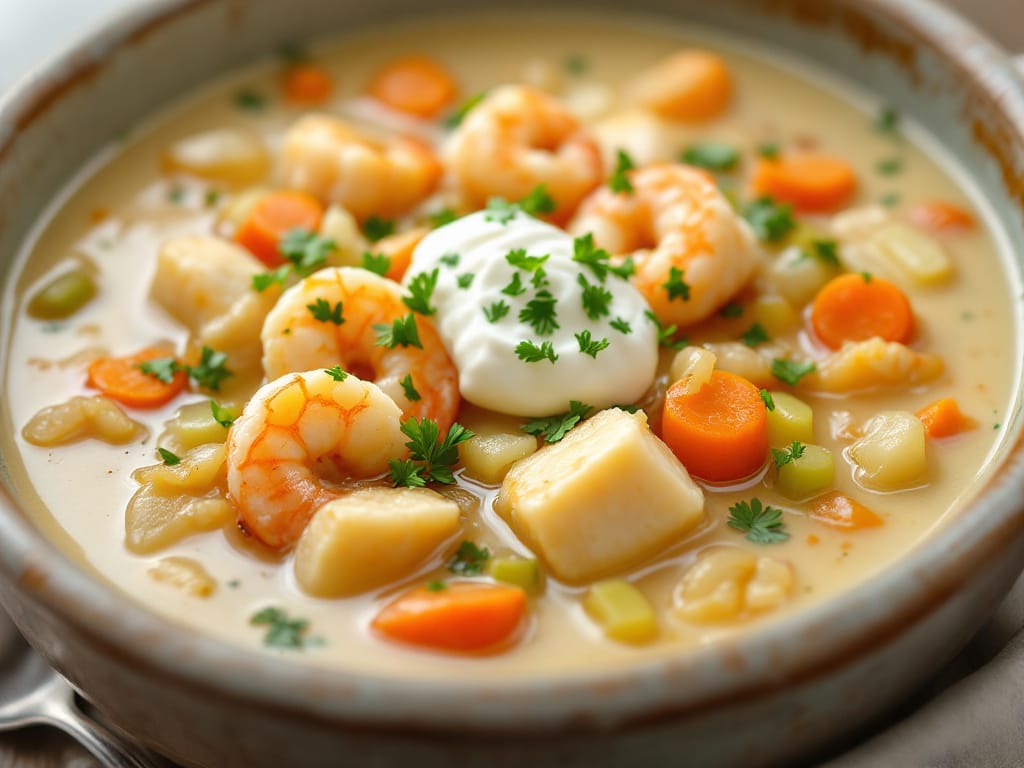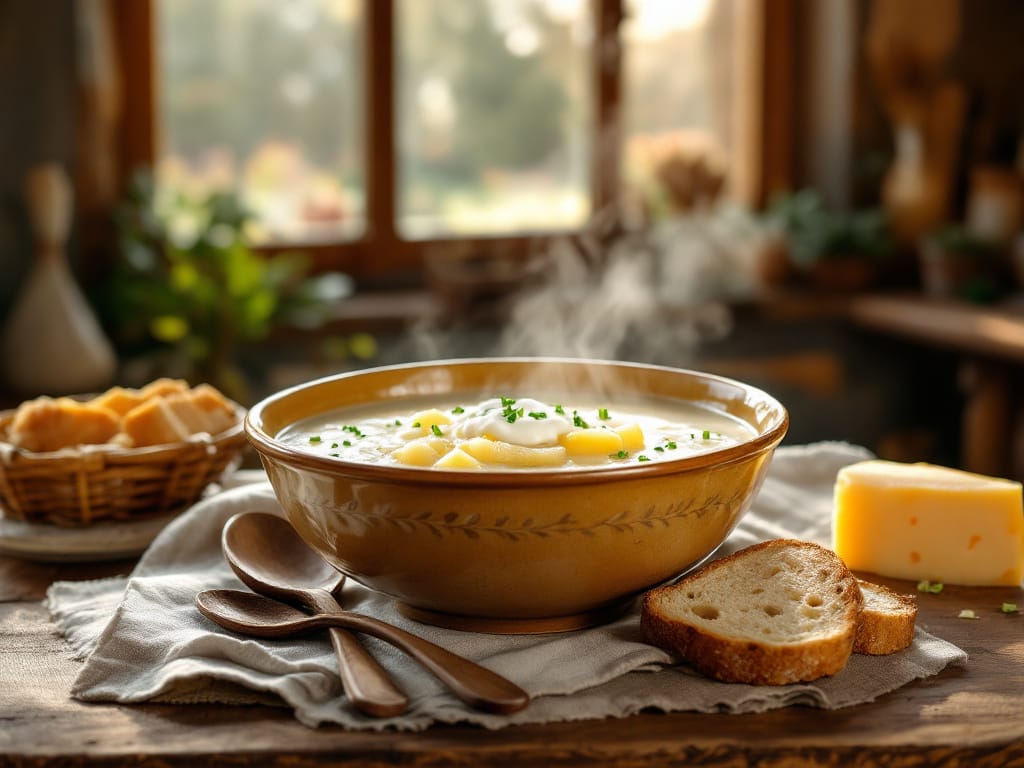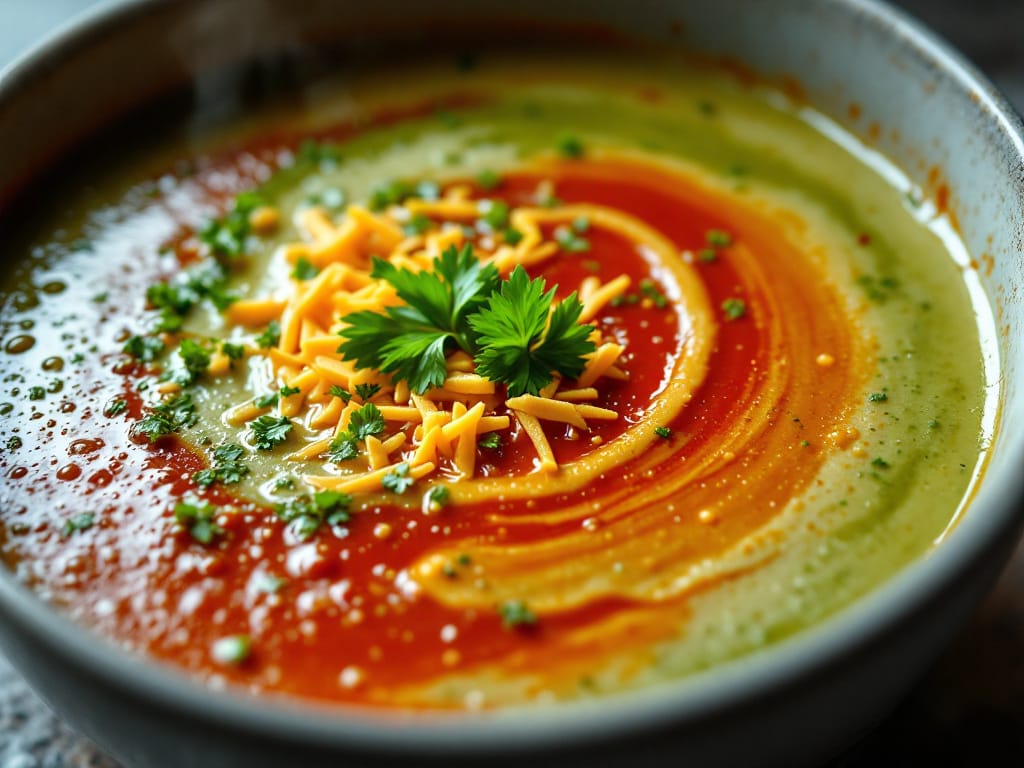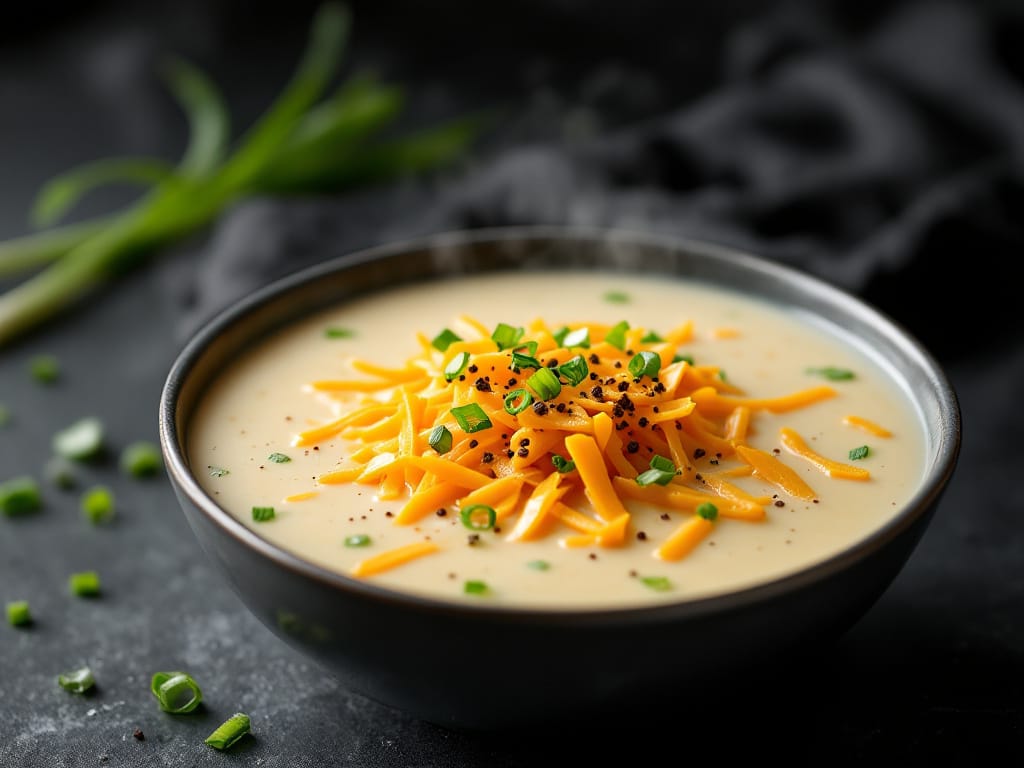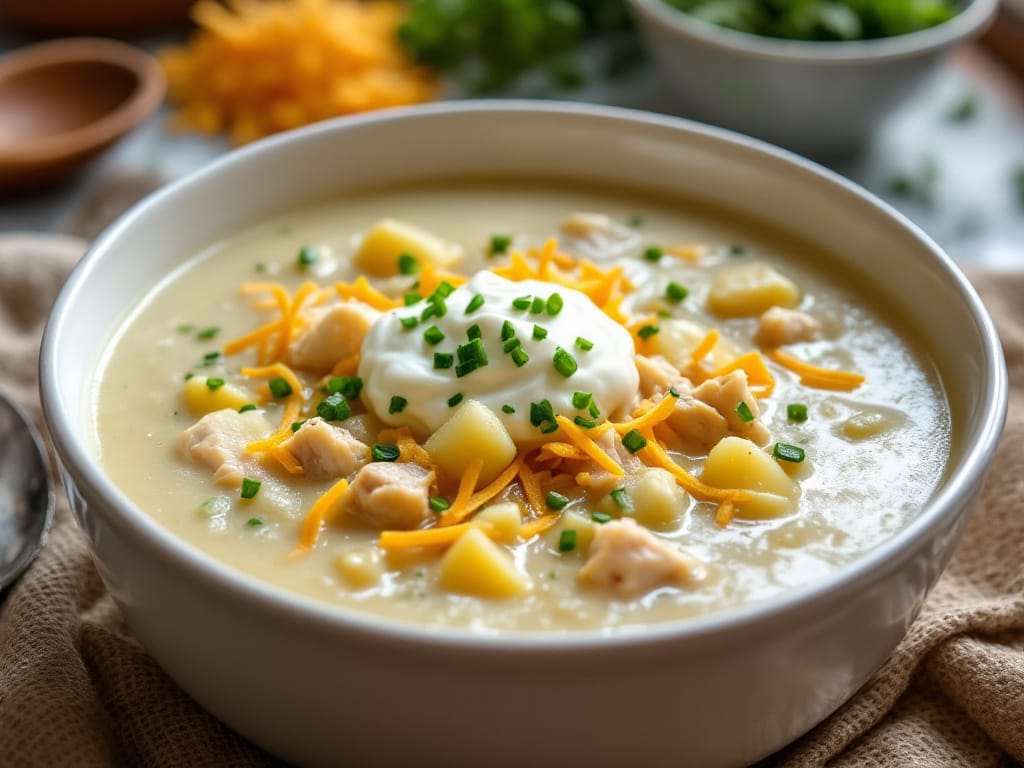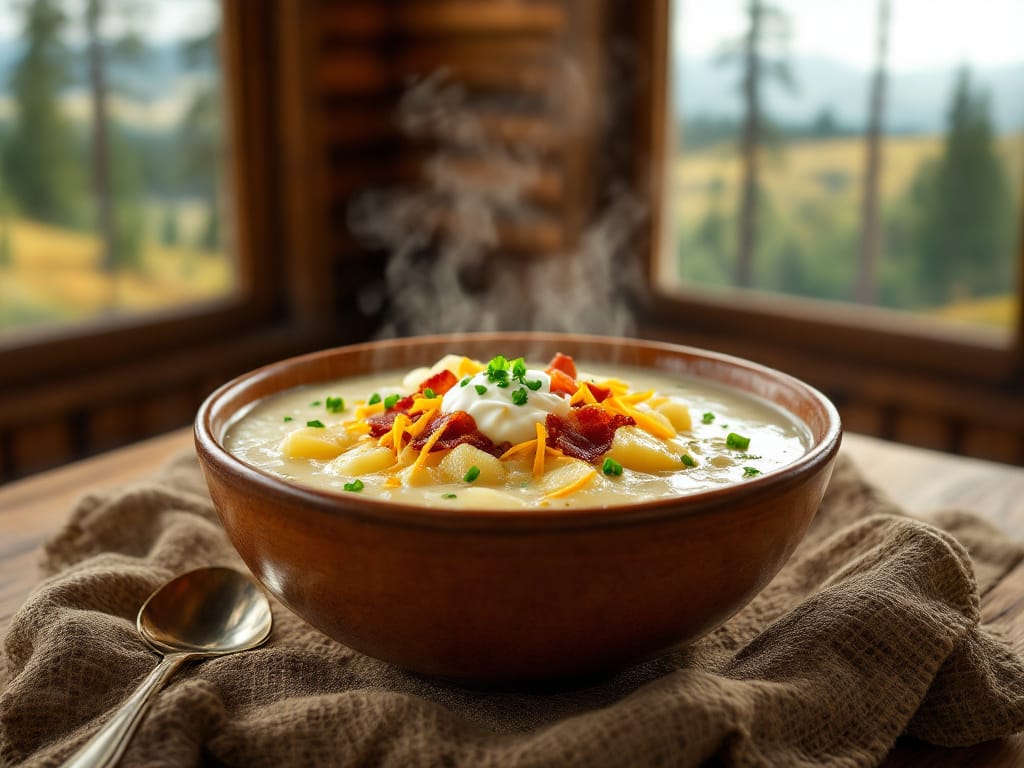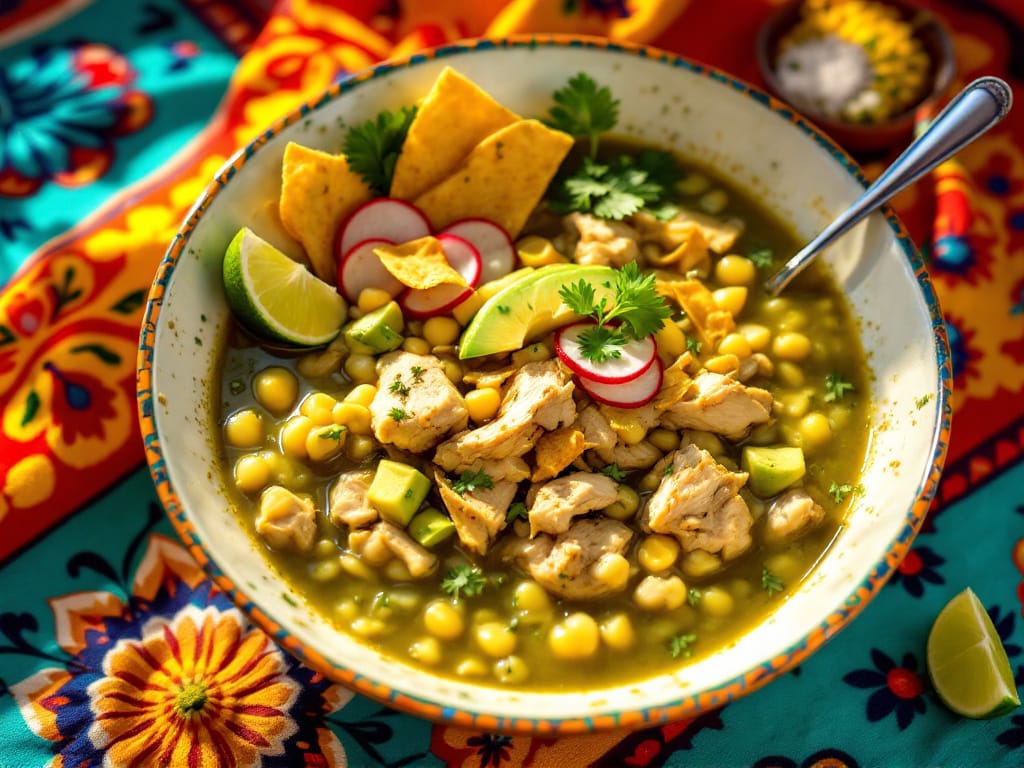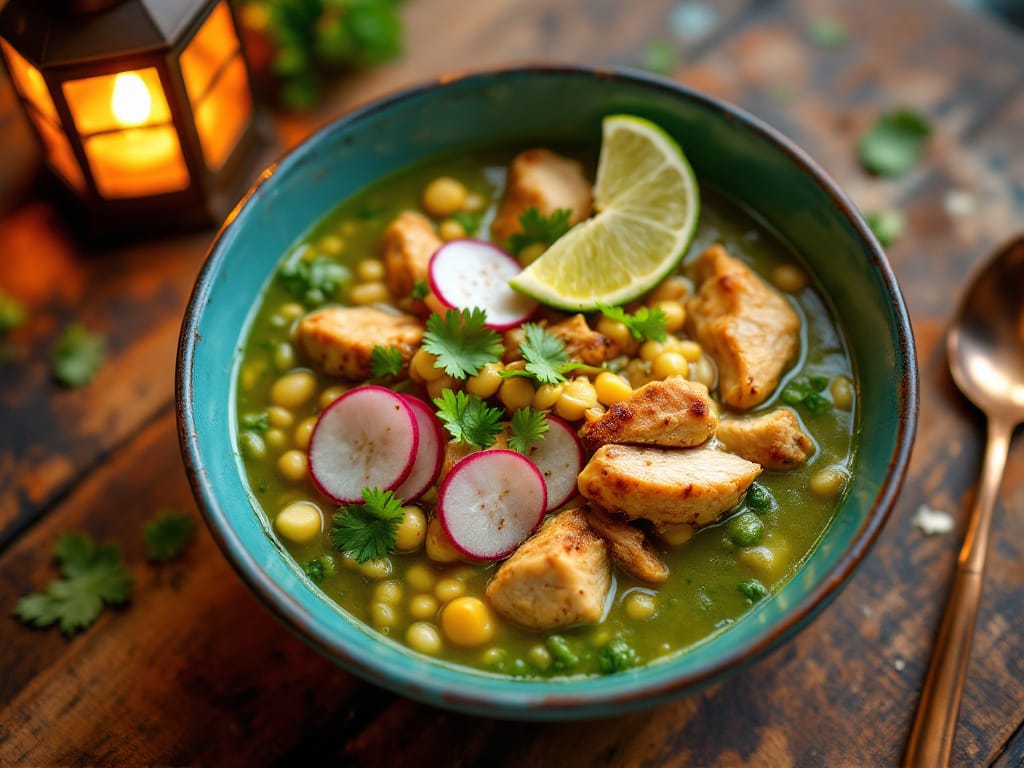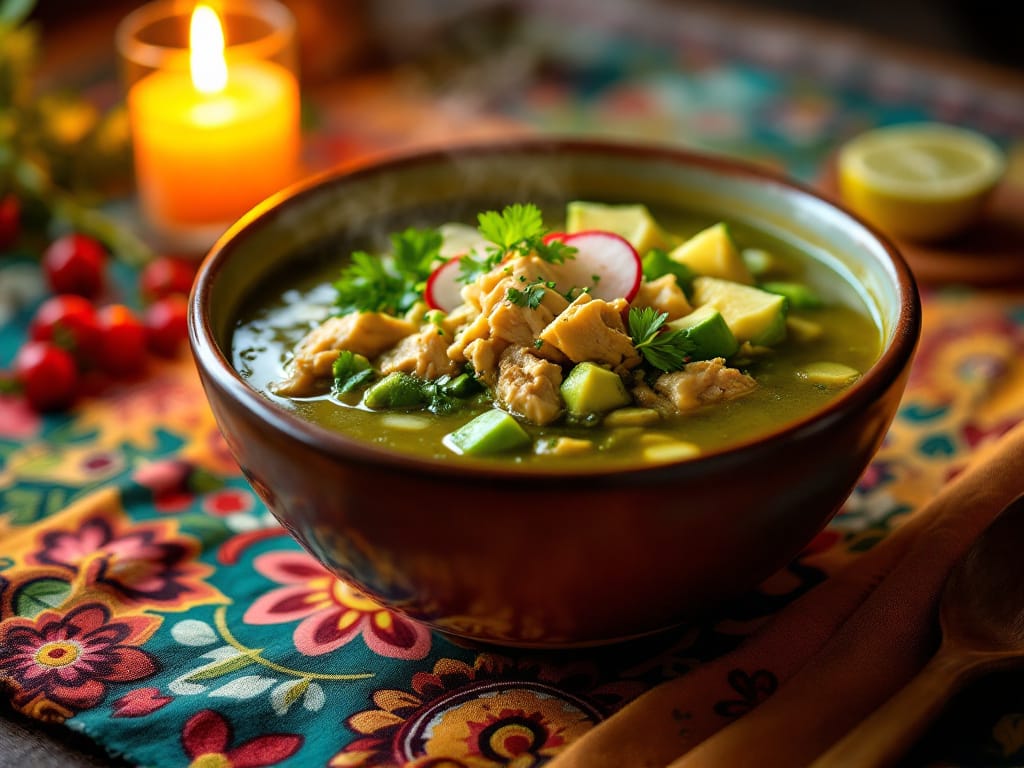Introduction to Fish Chowder
Fish chowder is a timeless dish steeped in New England cuisine, where it originated as a hearty meal for coastal communities. Combining the day’s fresh catch with staple ingredients like potatoes and onions, this one-pot wonder has become a staple for its rich, creamy texture and satisfying flavor.
What makes fish chowder so appealing is its versatility. Whether you use cod, haddock, or halibut, the dish adapts easily to suit personal preferences or regional influences. Its creamy consistency paired with tender vegetables makes it the perfect meal for cozy evenings or family gatherings.
For those looking to cook responsibly, consider using sustainably sourced seafood. Choosing environmentally friendly fish supports ethical practices and ensures that future generations can enjoy this beloved dish.
Key Ingredients of a Classic Fish Chowder
A great fish chowder starts with a handful of essential ingredients:
Fish Options
- Cod: A mild, flaky fish that’s perfect for traditional chowder.
- Haddock: Slightly sweeter than cod, it enhances the dish’s depth.
- Halibut: A richer, meatier option for a luxurious touch.
Vegetables
- Potatoes: Yukon Gold or Russet varieties add creaminess and structure.
- Onions: Provide a sweet, aromatic base.
- Carrots and Celery: Optional but offer texture and additional flavor.
Liquids
- Clam Juice: Enhances the seafood essence.
- Milk or Cream: Creates the chowder’s signature creaminess.
- Broth: A lighter alternative for those who prefer less dairy.
Flavor Enhancers
- Bacon: Adds a smoky undertone.
- Butter: Ensures a silky mouthfeel.
- Herbs: Fresh parsley, thyme, or a sprinkle of chives bring brightness.
How to Make Traditional New England Fish Chowder
Preparing the Base
- Cook diced bacon in a pot until crispy. Remove and set aside.
- Sauté onions and celery in the bacon fat until fragrant, adding a knob of butter for richness.
- Stir in aromatics like thyme and a bay leaf.
Cooking the Vegetables
- Add diced potatoes, coating them in the aromatic mixture.
- Pour in clam juice and broth, simmering until the potatoes are tender.
Adding the Fish and Cream
- Gently place chunks of fish into the simmering pot.
- Stir in milk or cream carefully, letting the chowder warm through without boiling.
- Simmer until the fish is cooked and flaky.
Tips for Perfect Texture
- Mash some of the potatoes for natural thickening.
- Avoid overcooking to prevent the cream from curdling and the fish from breaking apart.
Common Variations of Fish Chowder
Fish chowder’s adaptability makes it suitable for various dietary preferences and regional styles:
- Seafood Additions: Enhance the dish with shrimp, clams, or scallops.
- Broth-Based Versions: Swap cream for broth and a splash of white wine for a lighter dish.
- Regional Twists: Add corn or smoked fish for a Southern or European flair.
For a healthier spin, try reducing the cream and increasing the vegetables, a great way to boost fiber and nutrients. Explore more on the nutrition benefits of eating fish to understand its role in a balanced diet.
Expert Tips for Enhancing Fish Chowder
- Fresh Fish Matters: Always use the freshest white fish for the best flavor. Look for firm, translucent flesh with a clean ocean scent.
- Balance Creaminess with Acidity: Add a squeeze of lemon or a splash of white wine for brightness.
- Thickening Options: Use a flour roux, cornstarch slurry, or mashed potatoes for your preferred consistency.
Serving Fish Chowder Perfectly
Pair fish chowder with complementary sides and garnishes for a complete experience:
Ideal Accompaniments
- Crusty bread or sourdough for dipping.
- Oyster crackers for a classic touch.
- A fresh green salad with vinaigrette to balance the richness.
Garnishing Suggestions
- Chopped parsley or chives for a pop of color and freshness.
- Crispy bacon crumbles for smoky crunch.
- A wedge of lemon for an optional citrus boost.
FAQs About Fish Chowder
What fish is best for fish chowder?
Mild, firm white fish like cod, haddock, and halibut work best, as they hold their shape and provide a delicate flavor.
Can I freeze fish chowder?
Yes, but freeze it before adding cream to avoid texture issues. Add cream when reheating for the best results.
How can I make fish chowder healthier?
- Substitute milk with low-fat options or broth.
- Add more vegetables like kale or corn.
- Reduce the use of butter and bacon.
What’s the difference between fish chowder and clam chowder?
Fish chowder uses white fish, while clam chowder highlights clams. Both share a creamy base, but clam chowder typically includes clam juice for a distinct seafood flavor.
Conclusion
Fish chowder is a comforting, versatile dish that’s as easy to prepare as it is satisfying. With fresh ingredients and simple techniques, you can create a hearty meal that warms the soul and delights the palate.
Now it’s your turn to try this classic recipe! Experiment with variations, share your creations, and let fish chowder become a new favorite in your kitchen. Bon appétit!

